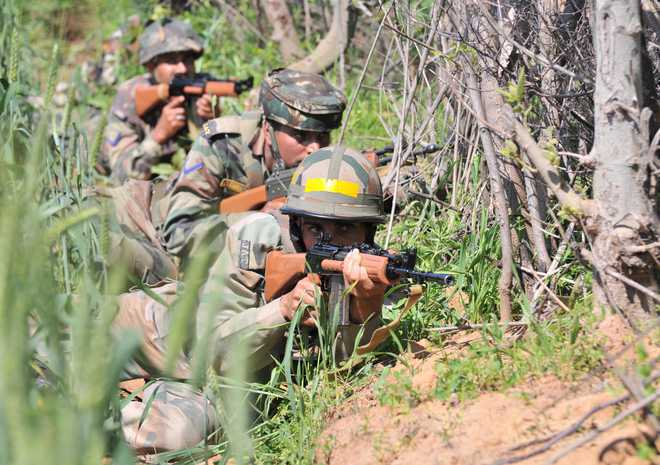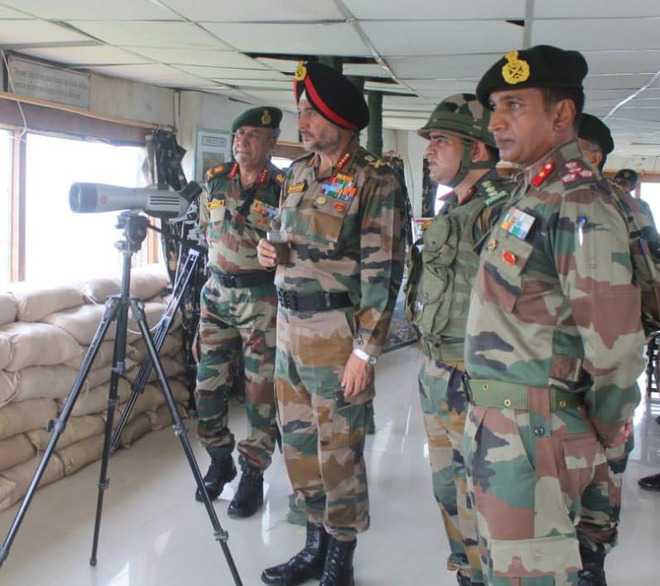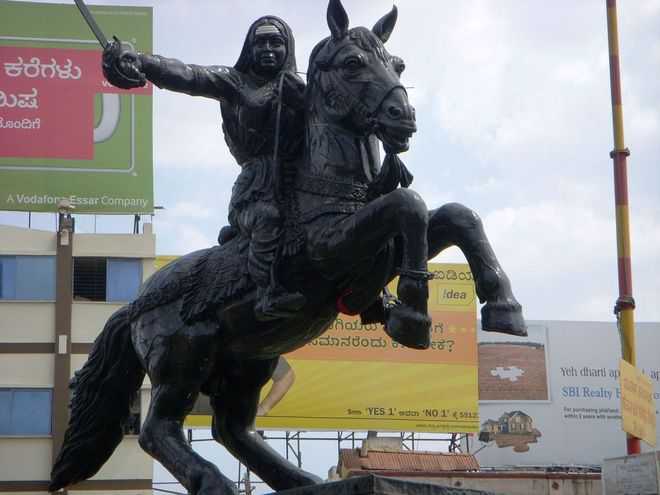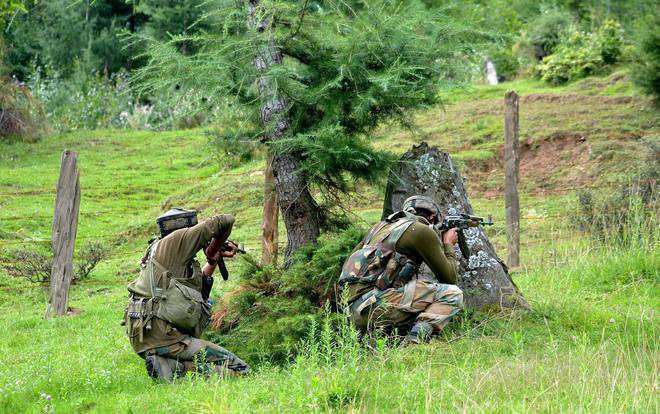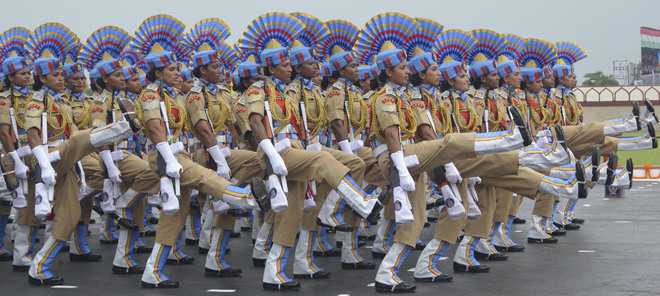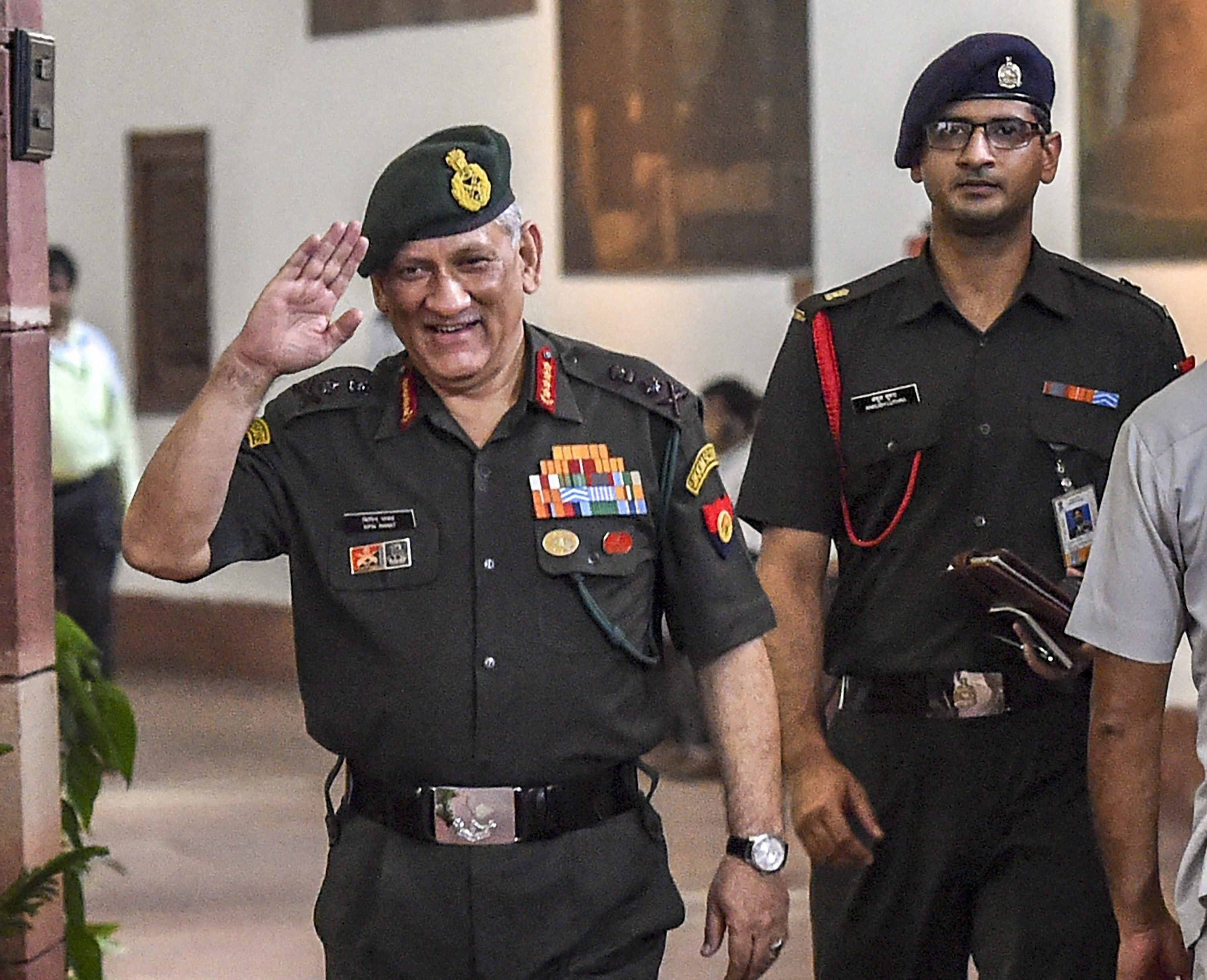
General Bipin Rawat bats for creation of integrated brigades, wants a leaner headquarter, considers calling up reservists.
New Delhi: Army chief General Bipin Rawat is set to issue orders for the slashing of manpower at the Army Headquarters (AHQ) in New Delhi, the creation of integrated brigades and the calling up of reservists for frontline duties.
An Army document, seen by ThePrint, says these measures will usher in a “revolution in Indian Military Affairs (RIIMA)”.
As per the document, there are way too many personnel at the Army headquarters who are redundant; those not required will now be sent to operational areas.
This is being viewed as a not-so-direct attack on efforts by soldiers and officers within the army to lobby for postings to New Delhi. Civilians will be asked to fill in for staff duties that do not require combatants.
The two other major elements of RIIMA are the formation of “integrated brigades” with an enhanced number of battalions and the calling up of “reservists” — soldiers are in the reserves for two years after retirement — for frontline duties to fill in gaps.
‘A revolution in the Army’
The document says these measures will usher in a “revolution in Indian military affairs” and will make the army more agile.
The measures will also mean a downsizing of the army to increase its “teeth-to-tail ratio”.
“Teeth-to-tail ratio” is the number of support personnel required to sustain the number of combat soldiers. The lesser the number of support personnel — the “tail” — the more the resources will be available to make the combat soldiers – the “teeth” – more efficient.
The order to usher in RIIMA will override a discussion that was initiated last month.
Reforms are being carried out by militaries across the world. In Asia, China, with the largest army in the world (the PLA), ushered in drastic reforms in 2007 and over the last two years has restructured its commands. The most radical of this was to bring its entire frontier with India under a single “Western Theatre Command” (WTC).
Also read: Indian Army officer fights a lonely battle with his comrades over ‘fake encounters’
Army set for ‘Integrated Brigades’
The Army chief’s proposed orders come in the wake of a note that the Army circulated on 12 July.
The note said the Army was considering measures to reorganise its cadre for the first time in 35 years. One of the proposals being considered was to eliminate the rank of brigadier. It had asked for suggestions in a churning of ideas.
The “integrated brigades” that are envisaged under RIIMA, in the latest document prepared this week, will be of enhanced strength with four to five battalions each.
A normal brigade in the current structure has three battalions, each of between 900-1,100 troops.
These “integrated brigades” will report directly to the corps headquarters. This, as the army is contemplating eliminating the formation of a division altogether, across the board.
Currently, there will be about three brigades to a division and about three divisions to a corps. (Some of the divisions and corps are reinforced in operational areas with more troops).
A normal infantry division will have between 9,000-12,000 troops. A normal corps will have about 30-36,000 troops. (Mountain divisions and those tasked as ‘pivots’ — with both operational and defensive tasks — have more troops).
One takeaway of creating integrated brigades, headed by a major general, the document notes, will be the opening up of opportunities for promotion to the rank of major general (or two-star general) to more officers than ever.
This, in turn, will enable the army to ensure equivalence comparable to civilian officers of the All India Services (civil services).
Reservists to fill the shortage
The RIIMA document foresees a possible shortage of officers on the frontlines once the reforms are implemented. To offset this, it said it will call up reservists.
All soldiers and officers are considered in the reserves for up to two years after retirement.
The RIIMA document said that a task force headed by a lieutenant general (a three-star officer) has been authorised to conduct discussions, and take feedback from officers, even as the reforms were being carried out.
The document did not specify the numbers that would be the objective of the reforms. The army is currently 1.3 million strong. About a third of its numbers retire every year.
There is little doubt that there will be a domino effect of the RIIMA reforms in the Army on the other services – the Air Force and the Navy.
Also read: Indian Army puts Mountain Strike Corps aimed at China in cold storage
They are much smaller – the Air Force has about one lakh and the Navy about 50,000 personnel. But the impact would be felt more on the comparable ranks.
For instance, it is not clear what will happen to the ranks of the air commodore and the commodore, equivalent to the army brigadier currently (one-star officers).
But there is a belief in army headquarters under General Rawat that the reforms have to be pushed through without getting bogged down in complexities.





















































